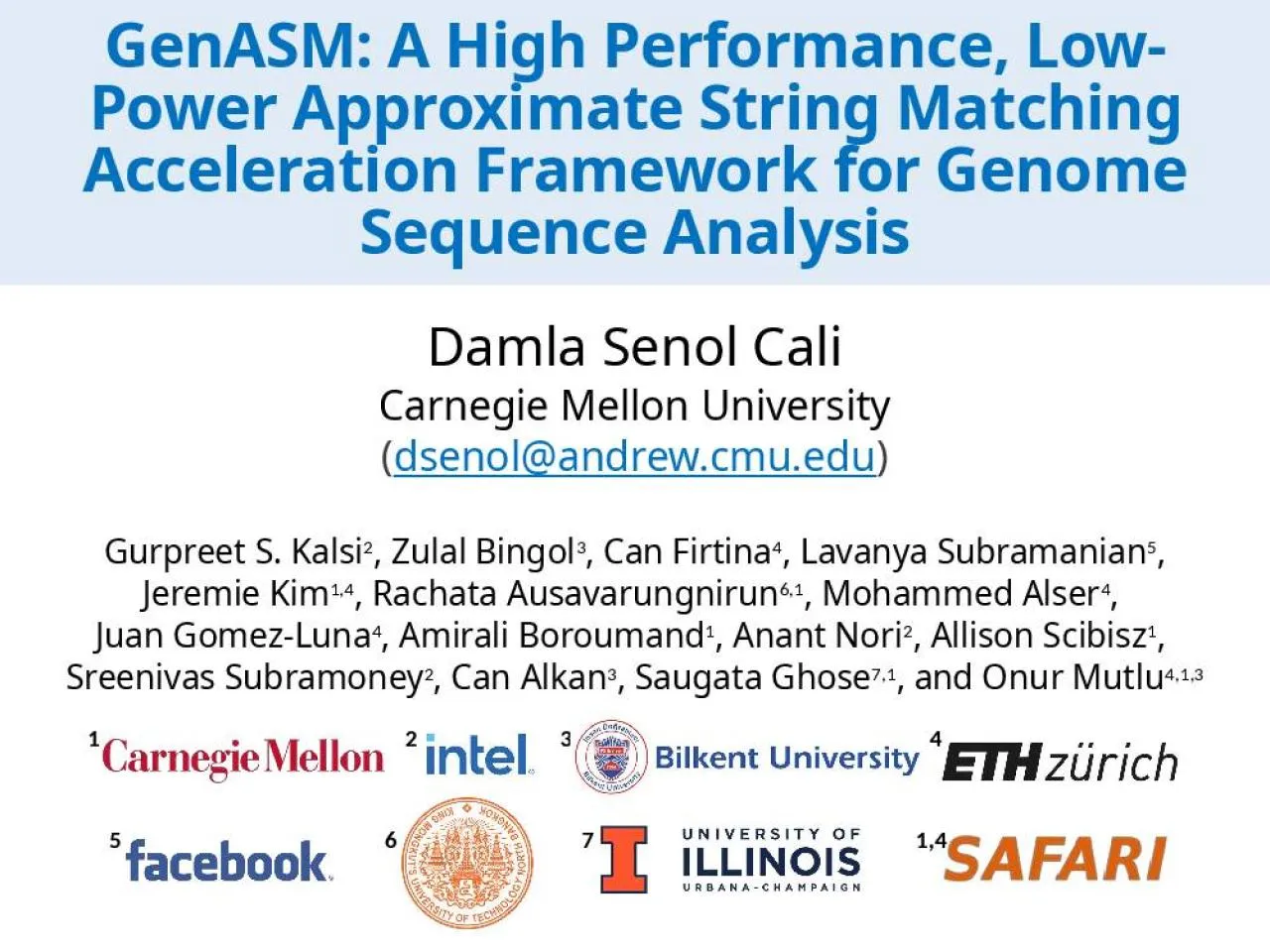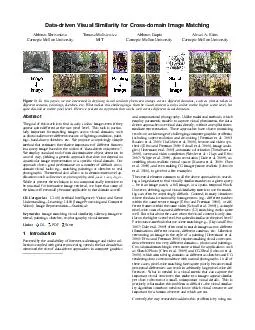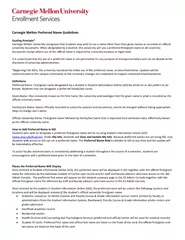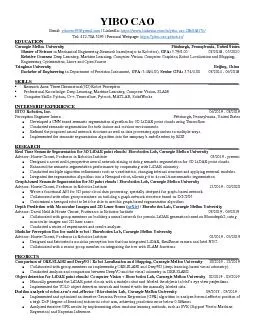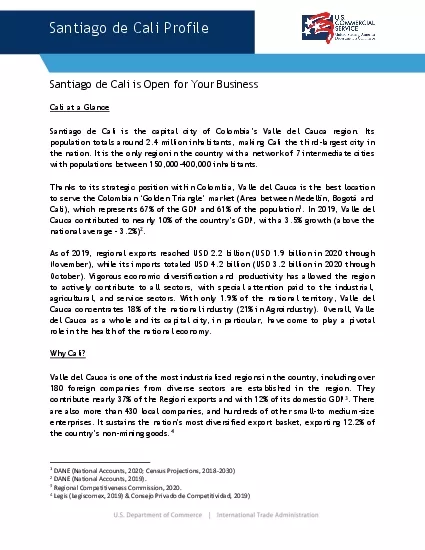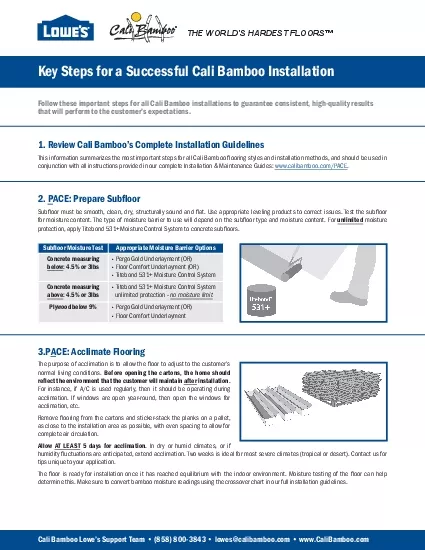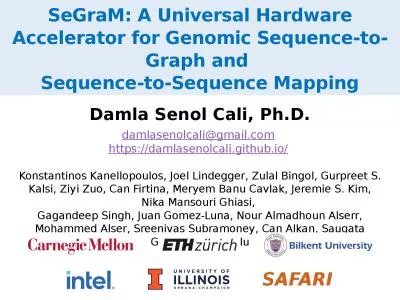PPT-Damla Senol Cali Carnegie Mellon University
Author : lauren | Published Date : 2022-05-31
dsenolandrewcmuedu Gurpreet S Kalsi 2 Zulal Bingol 3 Can Firtina 4 Lavanya Subramanian 5 Jeremie Kim 14 Rachata Ausavarungnirun 61 Mohammed Alser 4 Juan
Presentation Embed Code
Download Presentation
Download Presentation The PPT/PDF document "Damla Senol Cali Carnegie Mellon Univers..." is the property of its rightful owner. Permission is granted to download and print the materials on this website for personal, non-commercial use only, and to display it on your personal computer provided you do not modify the materials and that you retain all copyright notices contained in the materials. By downloading content from our website, you accept the terms of this agreement.
Damla Senol Cali Carnegie Mellon University: Transcript
Download Rules Of Document
"Damla Senol Cali Carnegie Mellon University"The content belongs to its owner. You may download and print it for personal use, without modification, and keep all copyright notices. By downloading, you agree to these terms.
Related Documents

